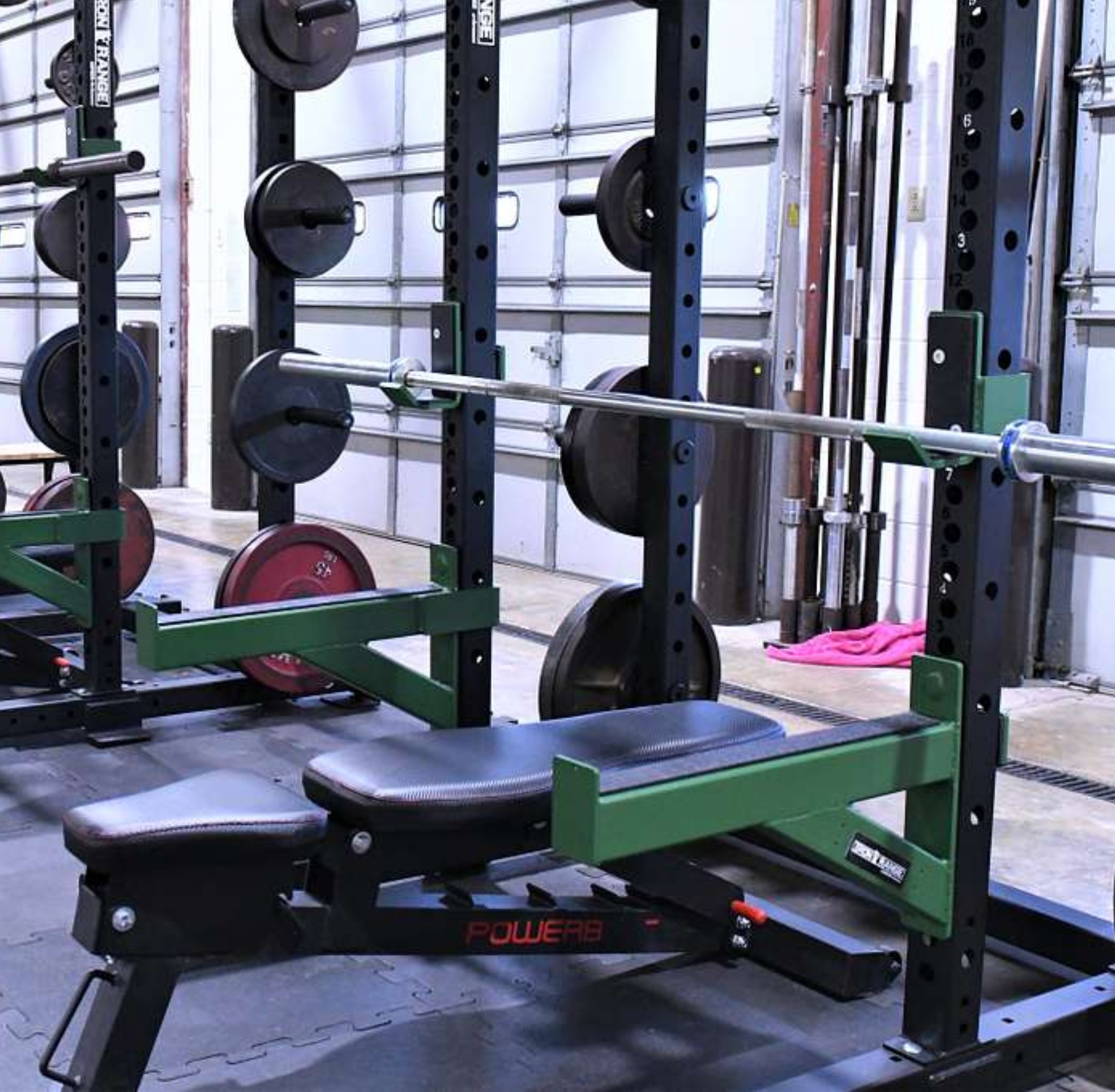Physical Education viewed through the Lens of Healthspan, Part Three – Strength
This blog is the third in a series discussing how to gain perspective on the value of physical education by viewing it through the lens of "Healthspan". In Part One – General Concepts, we quickly covered current shortfalls in physical education, the concepts of lifespan and healthspan, and basic pillars of exercise that are part of the applied science of longevity. In Part Two – Stability, we discussed key elements of and resources on stability: an important component of health that safeguards against falls and injuries and enhances our ability to complete movements safely and confidently.
In this part, we'll be covering improving Healthspan through Strength.
Strength
Physical strength can be defined as the ability of the muscles, bones and joints to effect a force on physical objects. Without requisite physical strength we cannot perform daily tasks (or at best be limited in the types of tasks which we can accomplish).
Recent studies suggest that exercise can improve strength of bones, muscles and joints regardless of age, and that the body must be subjected to physical forces in order to maintain strength. We all have ultimate physical limits of strength that we can achieve and statistics show that our ability to maintain strength declines with age.
So it is critical for overall healthspan (and especially in later years) that we maximize our strength early on and keep exercising for strength as time goes on. Dr. Peter Attia comments that even though you may not be accustomed to strength training, "... if you are interested in living a long and healthy life and playing with your great-grandkids someday, then muscle mass should be a priority. Never in the history of human civilization has a 90-year-old said, 'I wish I had less muscle.'"
As educators viewing physical education through the lens of healthspan, it becomes obvious that we must inform students about the importance of and methods for strengthening bones, joints and muscles. Students also need to be informed about the direct links to healthspan from maximizing strength early on and exercising to maintain strength as life goes on.
Key Elements of Strength
Key elements of Strength:
- Muscular Strength - The maximum amount of force a set of muscles can apply in a single effort.
- Muscular Endurance - The ability of muscles to repeatedly contract and consistently apply a specific level of force.
- Flexibility - Having an adequate and full range of motion of each joint, as well as being able to safely effect force while maintaining proper posture and preventing injury.
- Bone Health - Directly linked to physical strength; stresses from weight bearing activities and strength training cause bone to become denser and stronger.
- Agility - Being able to accelerate and change direction quickly with control.
- Core Strength - Strength in the muscles supporting the core trunk of the spine; core strength is essential for movement efficiency and stability.
- Coordination - Being able to move optimally allows the body to conserve energy, and reach peak levels of strength and endurance.
Resources on Strength
Dr. Peter Attia has a number of video clips discussing Strength & Muscle Mass and its impact on Longevity.
High School Strength and Conditioning Curriculum
Beginner Strength Training Workout for Kids
Strength training: OK for kids?
Worth the Weight: Rucking for Strength and EnduranceLooking Forward in This Blog Series
We have two more pillars to cover as the subject of future blogs:
- Aerobic Training, and
- Anaerobic Training
So our next blog in this series will be Physical Education viewed through the Lens of Healthspan, Part Four – Aerobic Training.
Until then just remember: we’re encouraging you to take a critical look at how you currently view physical education. Start by retiring the notion of “gym class” and reevaluate every moment you spend on teaching physical education. Reframe every class of physical education as a critical component to optimizing lifespan and healthspan. As an educator, how well are you meeting those two goals? Focus not on attaining the greater good, but the greatest possible good from your efforts.
Guest Blogger:
Bill Franklin, the CEO of Internet4Classrooms, is our guest blogger this month. He has been on the faculty at The George Washington University, has years of platform instructional experience, was a career Army Special Operations officer and also has decades of experience as a youth sports coach.
Search Internet4Classrooms








